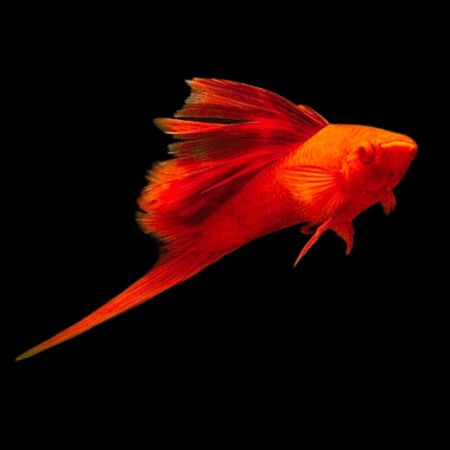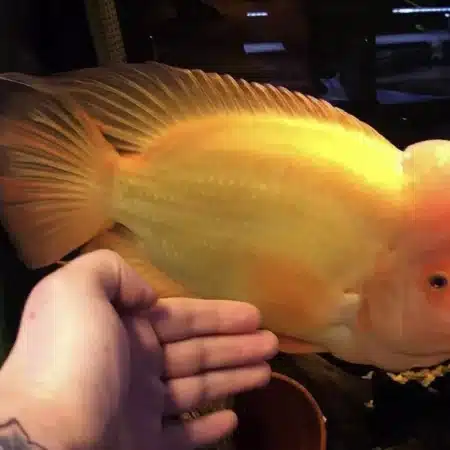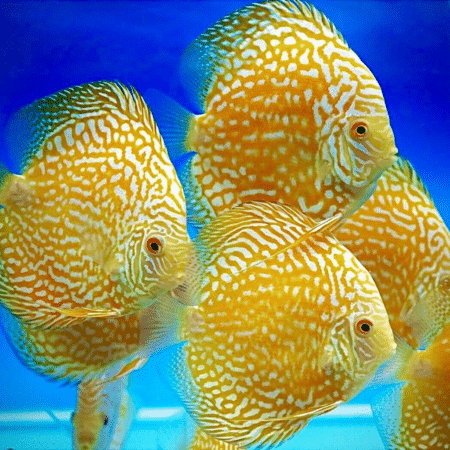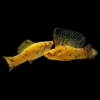-
×
-
×
-
×
-
×
-
×
-
×
-
×
Red Devil Cichlid Amphilophus Labiatus Size Around : A Captivating South American Cichlid for a Thriving and Visually Appealing Aquarium, Easy Care for New Aquarists and Experienced Keepers 2 × £12.57
-
×
-
×
2 X 2(2 FISH ) Peacock Snakehead - Channa Pulchra - Red Spotted Snakehead - Coloured Snakehead 1 × £77.00
-
×
Purple Vampire Crab - Geosesarma Dennerle - Decapod Crustacean 2 × £7.74
-
×
-
×
-
×
-
×
-
×
-
×
Subtotal: £768.84







 Red Devil Cichlid Amphilophus Labiatus Size Around : A Captivating South American Cichlid for a Thriving and Visually Appealing Aquarium, Easy Care for New Aquarists and Experienced Keepers
Red Devil Cichlid Amphilophus Labiatus Size Around : A Captivating South American Cichlid for a Thriving and Visually Appealing Aquarium, Easy Care for New Aquarists and Experienced Keepers 
 2 X 2(2 FISH ) Peacock Snakehead - Channa Pulchra - Red Spotted Snakehead - Coloured Snakehead
2 X 2(2 FISH ) Peacock Snakehead - Channa Pulchra - Red Spotted Snakehead - Coloured Snakehead  Purple Vampire Crab - Geosesarma Dennerle - Decapod Crustacean
Purple Vampire Crab - Geosesarma Dennerle - Decapod Crustacean 















Emily Carter (verified owner) –
I recently purchased the 10 X Assorted Balloon Sailfin Mollies and I couldn’t be happier! These little guys have brought such life to my aquarium. After about two weeks in their new home, they are vibrant, playful, and truly thriving. The colors are stunning, especially the iridescent patterns on the fins. I appreciate how hardy they are as freshwater fish; I’ve had some past experiences with more delicate species that didn’t fare as well.
I noticed right away that they love to swim together and interact, which makes for a beautiful show in my tank. I’ve also found that they are great at controlling algae, which is a plus! While I did notice they were a bit shy at first, they’ve quickly warmed up and now happily greet me at feeding time.
The shipment was swift, and they arrived in perfect health, with clear instructions included for acclimatization. I highly recommend these mollies for both beginner and experienced aquarists. They are a wonderful addition to any community tank. Just ensure that your tank is spacious enough, as they do appreciate room to swim! I would definitely buy them again!
Emily Turner (verified owner) –
I recently added 10 assorted Balloon Sailfin Mollies to my community tank, and I am absolutely delighted with them! These little guys have brought so much life and vibrancy to my aquarium. It’s been about three weeks since they arrived, and they’ve settled in beautifully. I love how easy they are to care for; they’ve gotten along well with my guppies and platies, creating a peaceful environment. Each one has a unique color pattern that adds a dynamic touch to the setup.
What really warms my heart is watching them dart around and interact with each other. They seem so happy! I was a bit worried about compatibility, but they’ve fit in perfectly. My only minor concern was the shipping delay, but they arrived healthy and active, which speaks volumes about the seller’s care. If you’re considering adding some lively freshwater fish to your tank, I highly recommend these Mollies. They’re a wonderful choice for both beginners and seasoned aquarists like myself. You won’t regret it!